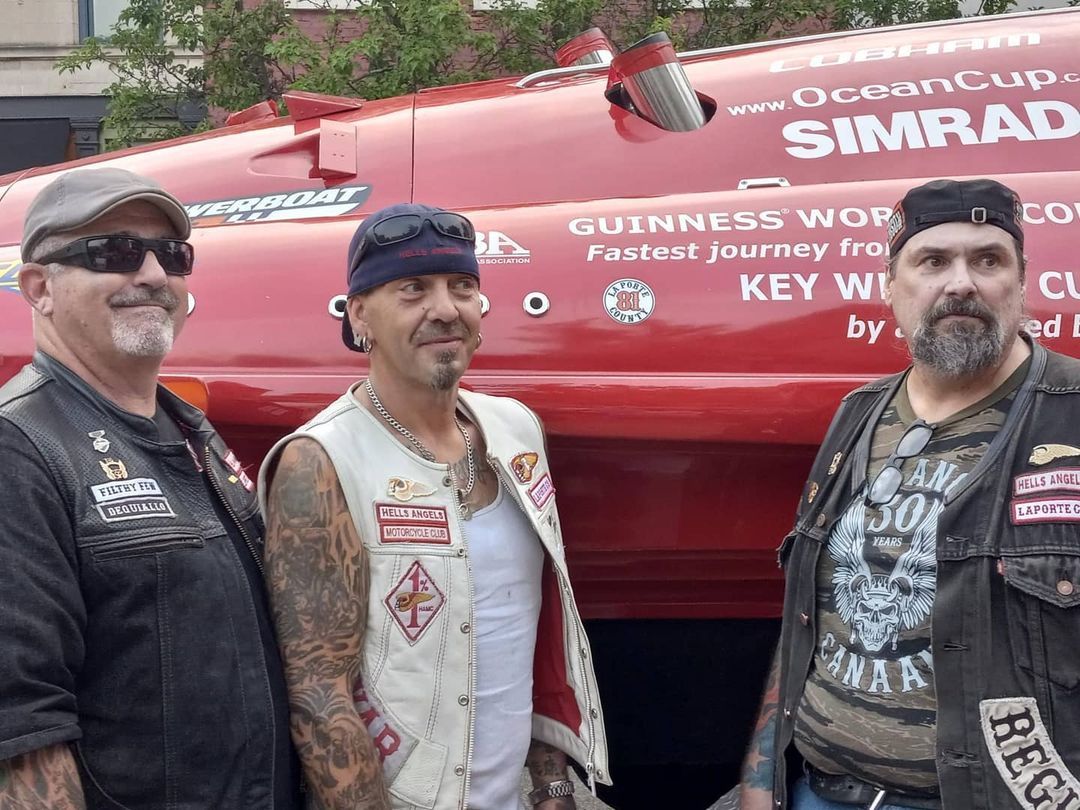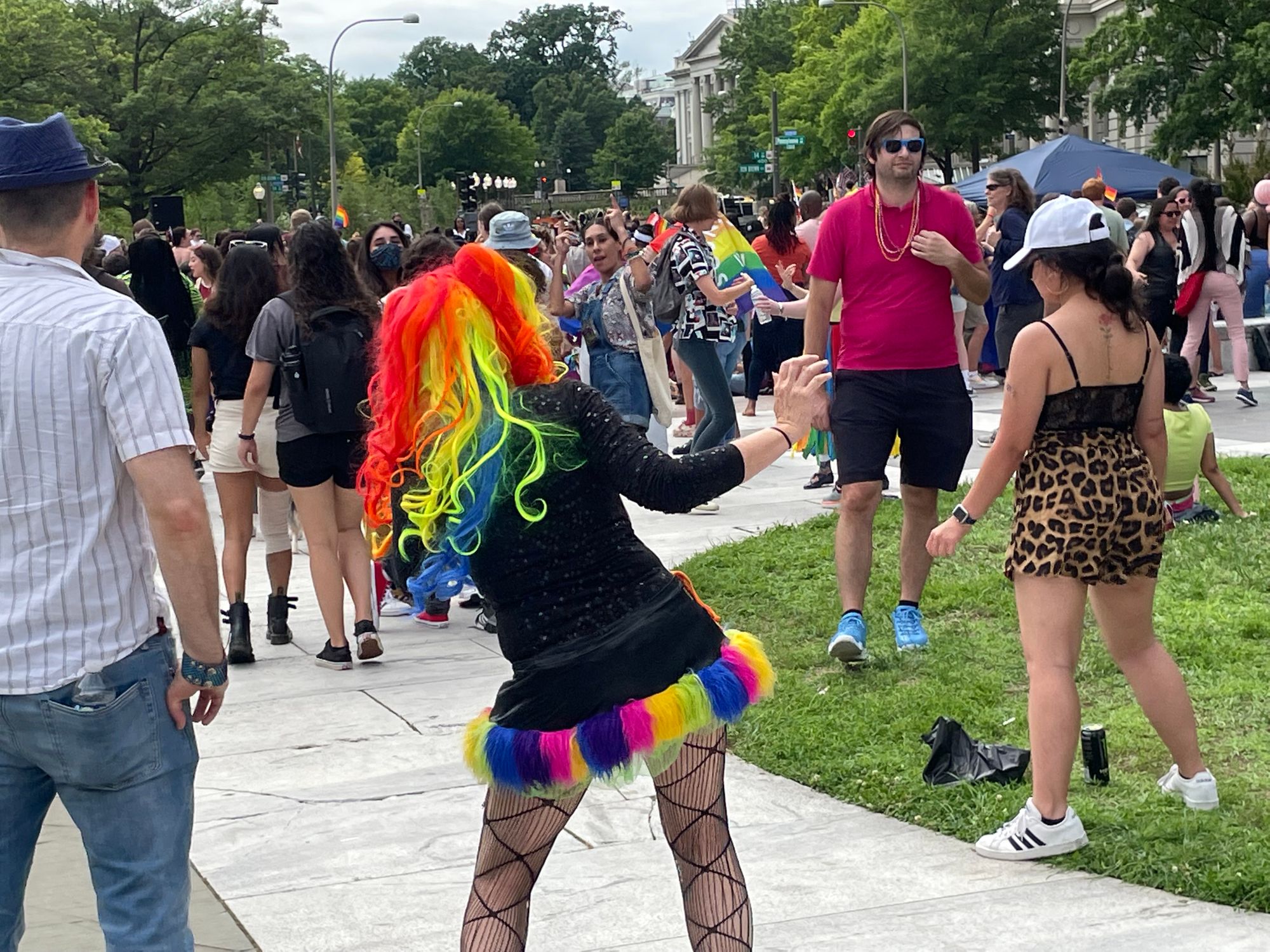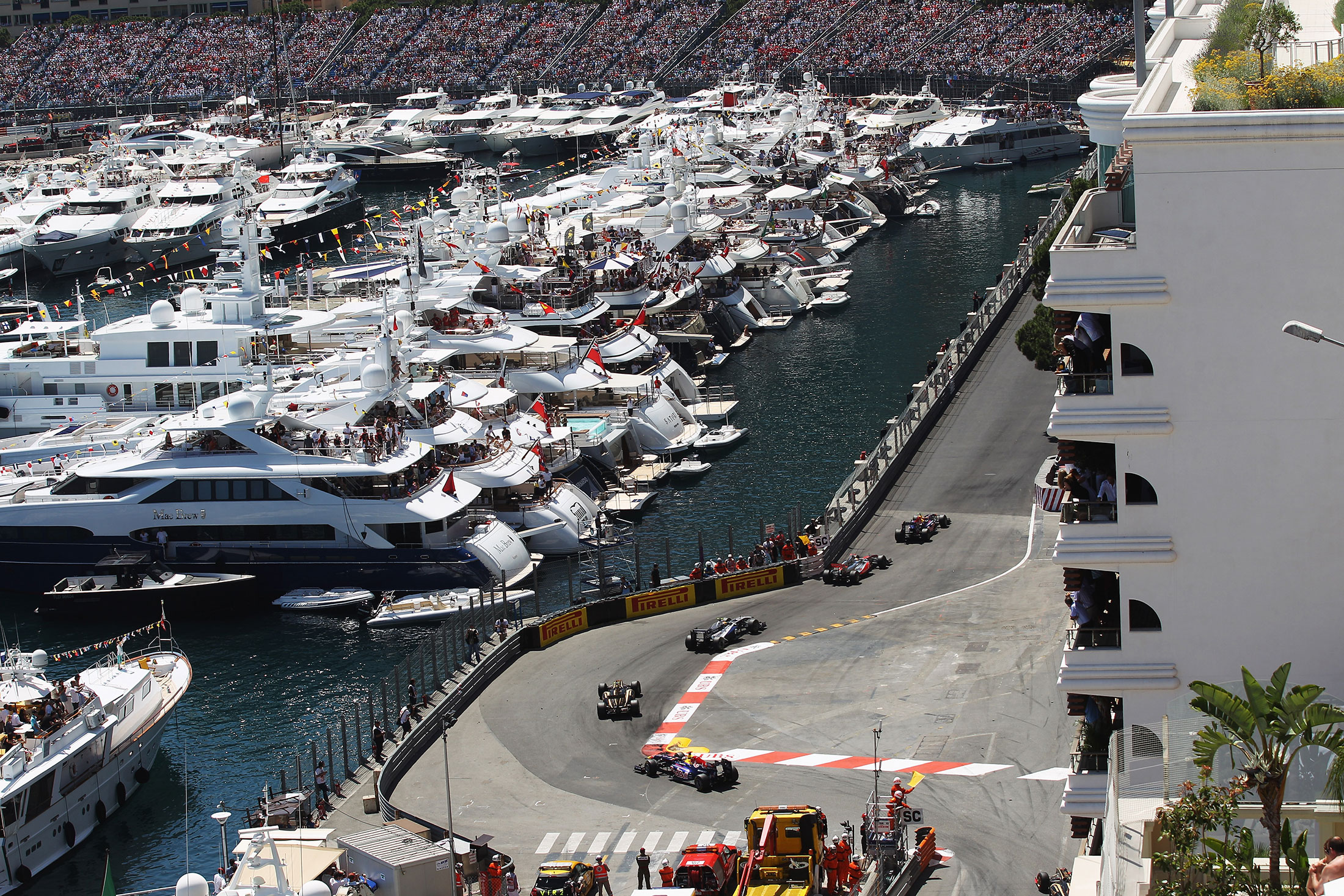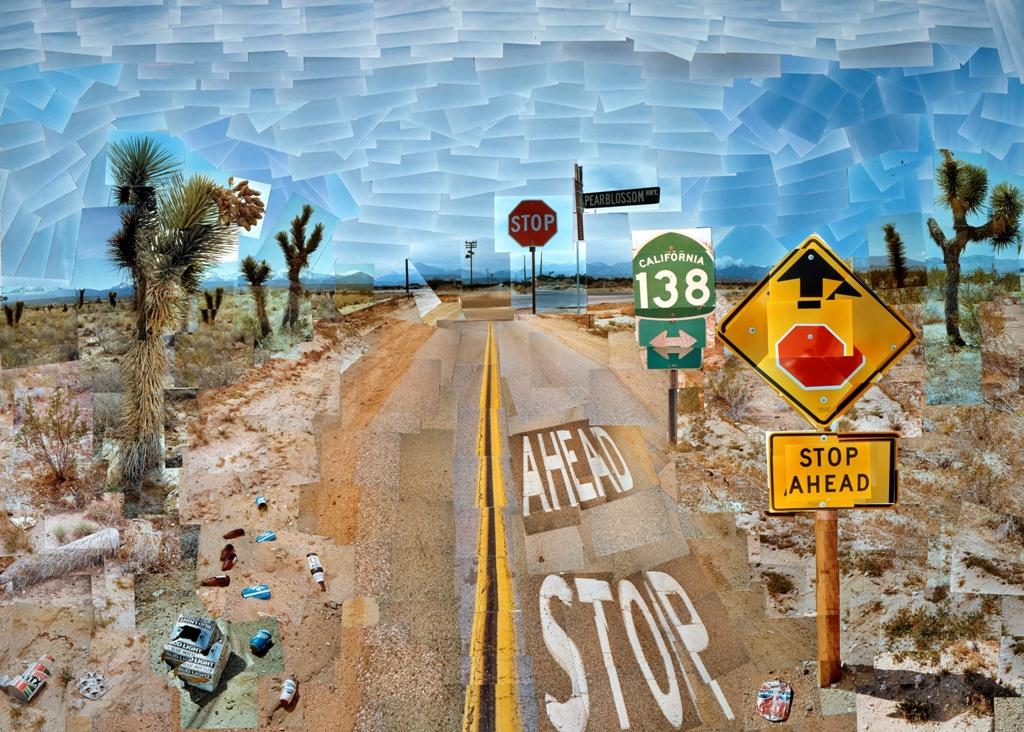Hells Angels Motorcycle Club: Unveiling The Truth

Table of Contents
History and Origins of the Hells Angels Motorcycle Club
Early Years and Founding
The Hells Angels Motorcycle Club's origins trace back to post-World War II California, a time of societal upheaval and restless youth. Founded in 1948 in Fontana, California, the club's early members were primarily veterans, drawn together by a shared love of motorcycles and a desire for camaraderie. These early activities focused largely on motorcycle racing, social gatherings, and a general sense of brotherhood, initially lacking the criminal element that would later become a defining characteristic. The evolution of the club’s image, from a relatively benign motorcycle group to the infamous gang it is today, was a gradual process fueled by various factors, including internal power struggles, media attention, and law enforcement crackdowns.
- Founding date and location: 1948, Fontana, California.
- Initial membership and their backgrounds: Primarily World War II veterans, mechanics, and working-class individuals.
- Early club activities: Motorcycle racing, bar fights, and social gatherings.
- Evolution of the club's image and symbolism: The iconic “death head” logo and the adoption of the "1%er" patch cemented their rebellious image.
Structure and Organization of the Hells Angels
Chapter System and Hierarchy
The Hells Angels Motorcycle Club operates through a complex, hierarchical chapter system. Individual chapters, spread across numerous countries, function independently while remaining accountable to the larger organization. This structure allows for localized operations but maintains a degree of centralized control. The club's internal hierarchy is rigidly defined, with specific roles and responsibilities. The "1%er" patch, prominently displayed on their vests, signifies their rejection of mainstream society and their embrace of an outlaw biker identity.
- Roles and responsibilities within the club: President, Vice President, Sergeant-at-Arms, Treasurer, and other specialized roles.
- The "1%er" patch and its significance: A symbol of defiance against mainstream society and law enforcement.
- How chapters operate and interact with each other: While largely independent, chapters maintain communication and cooperation, particularly regarding larger-scale operations.
- Recruitment process and membership requirements: The process is highly secretive and involves rigorous vetting, often involving a probationary period.
Criminal Activities and Allegations
Involvement in Organized Crime
The Hells Angels Motorcycle Club has a long and well-documented history of involvement in organized crime. Numerous investigations and court cases have linked the HAMC to various illegal activities, including drug trafficking, money laundering, extortion, and violence. While the club maintains a public facade of brotherhood and camaraderie, the reality is far more complicated. Proving direct involvement can be challenging due to the club's strong code of silence and sophisticated organizational structure. The challenges in prosecuting HAMC members stem from the difficulty in gathering evidence and overcoming witness intimidation.
- Specific examples of high-profile cases and convictions: Numerous cases involving drug trafficking, murder, and racketeering are well-documented.
- Law enforcement efforts to combat HAMC criminal activities: Extensive investigations and targeted operations are continuously carried out by law enforcement agencies worldwide.
- The challenges in prosecuting HAMC members: The club’s code of silence and the intimidation of witnesses create significant obstacles for law enforcement.
- The debate surrounding the extent of HAMC's involvement in organized crime: While significant evidence exists, the exact extent of the club’s criminal activities remains a topic of ongoing debate.
The Hells Angels Motorcycle Club's Public Image and Media Portrayal
Media Representation and Public Perception
The Hells Angels Motorcycle Club's public image is heavily influenced by media portrayals, which often sensationalize their activities and contribute to the club's mystique. While some media representations offer nuanced perspectives, many others perpetuate stereotypical views of the HAMC as a violent, criminal organization. This skewed perception impacts public opinion, influencing the attitudes of law enforcement and broader society. The club itself has engaged in various attempts to control its public image, but the power of the prevalent narrative often overshadows these efforts.
- How media coverage contributes to the club's mystique: Sensationalized stories and documentaries enhance the perception of the HAMC as an enigmatic and dangerous organization.
- Examples of films, books, and documentaries about the HAMC: Numerous works of fiction and non-fiction portray the club, often with varying degrees of accuracy.
- The impact of public perception on law enforcement and societal attitudes: Negative perceptions justify heightened scrutiny and surveillance by law enforcement.
- The club's attempts to control its public image: The HAMC has occasionally attempted to present a more positive image through controlled media appearances and community involvement initiatives.
Conclusion
Understanding the Hells Angels Motorcycle Club requires navigating a complex landscape of myth, reality, and carefully crafted narratives. While the club’s history is undeniably intertwined with criminal activities, a comprehensive picture necessitates examining its internal structure, its evolution over time, and the significant influence of media portrayal. The line between the carefully constructed public image and the realities of the HAMC's operations remains blurred.
Continue your research, delve deeper into the history and controversies surrounding the HAMC, and formulate your own conclusions about this enigmatic organization. The Hells Angels Motorcycle Club, with its complex history and ongoing controversies, demands continued scrutiny and critical analysis.

Featured Posts
-
 Comment Elon Musk Utilise X Pour Promouvoir L Extreme Droite Europeenne
May 26, 2025
Comment Elon Musk Utilise X Pour Promouvoir L Extreme Droite Europeenne
May 26, 2025 -
 Auf Dem Weg Zum Aufstieg Der Hsv Zwischen Zwei Wichtigen Terminen
May 26, 2025
Auf Dem Weg Zum Aufstieg Der Hsv Zwischen Zwei Wichtigen Terminen
May 26, 2025 -
 A Guide To Pride In The Nations Capital
May 26, 2025
A Guide To Pride In The Nations Capital
May 26, 2025 -
 Monaco Grand Prix 2025 Where And When To Watch The Race
May 26, 2025
Monaco Grand Prix 2025 Where And When To Watch The Race
May 26, 2025 -
 Understanding David Hockneys A Bigger Picture Themes And Techniques
May 26, 2025
Understanding David Hockneys A Bigger Picture Themes And Techniques
May 26, 2025
Latest Posts
-
 Smartphone Samsung Galaxy S25 128 Go Avis Prix Et Bon Plan
May 28, 2025
Smartphone Samsung Galaxy S25 128 Go Avis Prix Et Bon Plan
May 28, 2025 -
 5000 Personal Loans For Bad Credit Direct Lenders
May 28, 2025
5000 Personal Loans For Bad Credit Direct Lenders
May 28, 2025 -
 Best Personal Loans For Bad Credit Guaranteed Approval
May 28, 2025
Best Personal Loans For Bad Credit Guaranteed Approval
May 28, 2025 -
 Smartphones Longue Duree Classement Des 5 Meilleurs Modeles
May 28, 2025
Smartphones Longue Duree Classement Des 5 Meilleurs Modeles
May 28, 2025 -
 Meilleure Autonomie Smartphone 2024 5 Modeles A Considerer
May 28, 2025
Meilleure Autonomie Smartphone 2024 5 Modeles A Considerer
May 28, 2025
